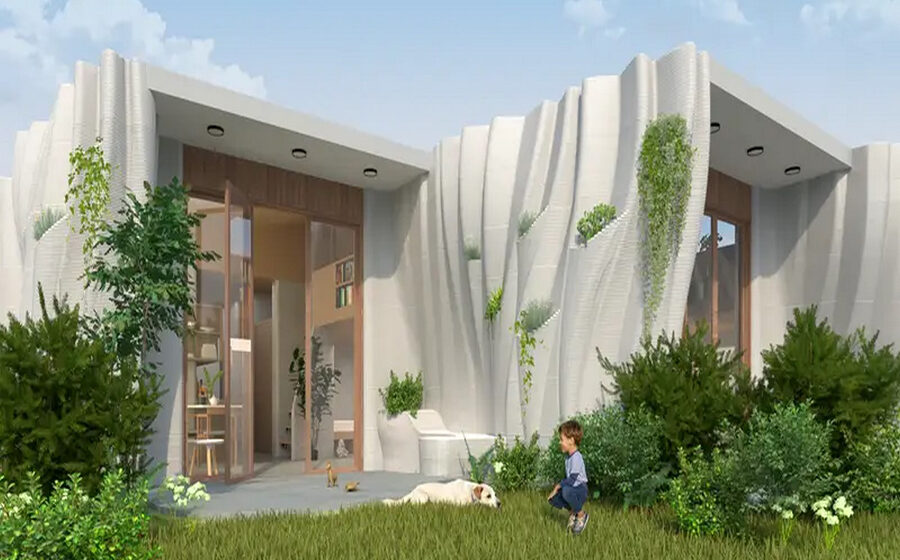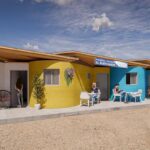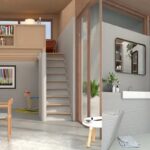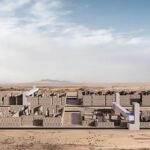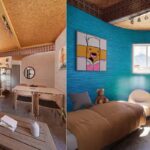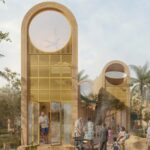Introduction
The concept of using 3D printing technology to construct homes is gaining momentum, presenting a potential solution to address housing affordability challenges. Contrary to popular belief, these homes can be built at a fraction of the cost of traditional construction methods. Icon, a construction-tech startup, recently organized the Initiative 99 competition, challenging designers to create homes that could be built for $99,000 or less without compromising quality.
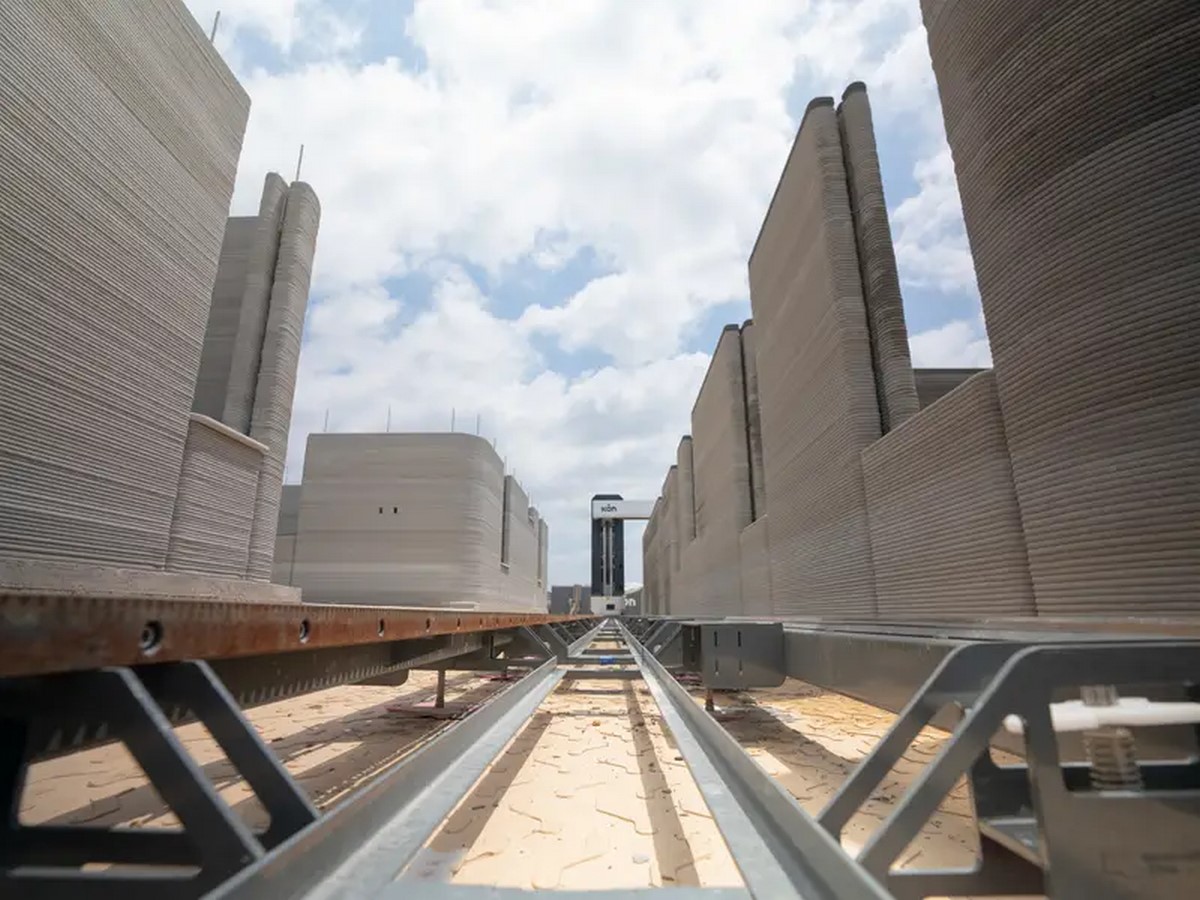
The Initiative 99 Competition
The Initiative 99 competition attracted both students and professional architects to develop innovative designs for affordable 3D printed homes. Winners were selected based on their ability to create functional and aesthetically pleasing homes within the specified budget. The competition aimed to encourage the construction of entry-level homes to expand homeownership opportunities.
Winning Designs
The competition yielded six winning designs, each showcasing unique features tailored to address specific housing needs:
- Casa Fami: Designed for single-parent families, this 1,369-square-foot home emphasizes private open-air children’s play areas.
- Wai-Home: A tiny home concept designed for flood-prone regions, featuring elevated construction and sustainable features like solar panels and rainwater harvesting.
- Printing Hope: A compact design focused on efficiency, with the potential for simultaneous printing of multiple units to address construction inefficiencies.
- Housing Salinas: A bi-level design with vaulted ceilings and a lofted bedroom, offering a compact yet functional living space.
- Beyond Shelter: Designed as dignified refugee housing, featuring adaptable sleeping areas and integrated green spaces.
- Collective Parts: Modular design allowing for customizable configurations, providing flexibility to adjust the size of the residence based on individual needs.
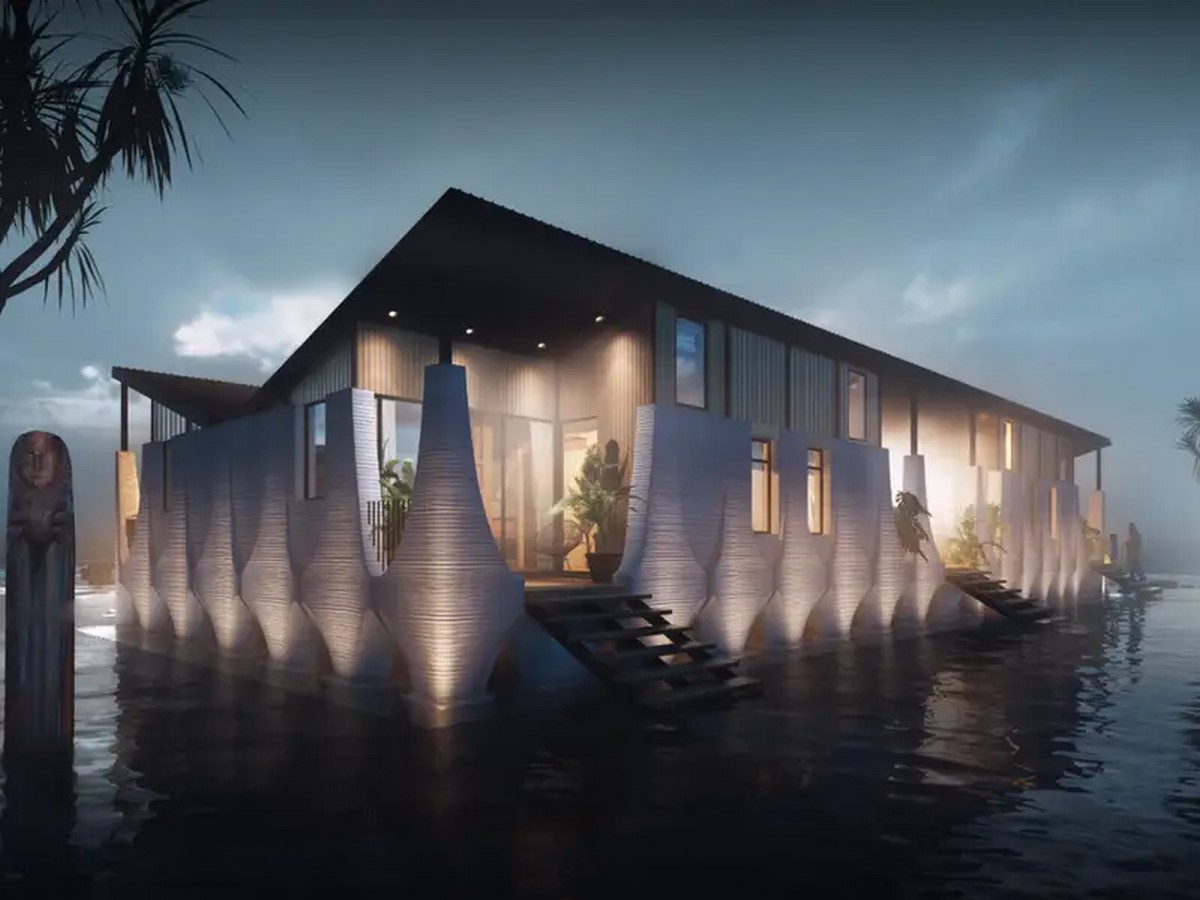
Future Implications
While these designs are currently conceptual, Icon plans to further develop them for potential real-world implementation. The next phase of the competition will involve refining the designs and determining the exact purchase price. Additionally, Icon intends to collaborate with nonprofit organizations to build a local, affordable tiny home community, demonstrating the practical application of these innovative housing solutions.
Conclusion
The Initiative 99 competition highlights the potential of 3D printed homes to address housing affordability issues and expand access to homeownership. By leveraging technology and creative design, these homes offer a promising path towards creating sustainable, cost-effective housing solutions for communities in need.

